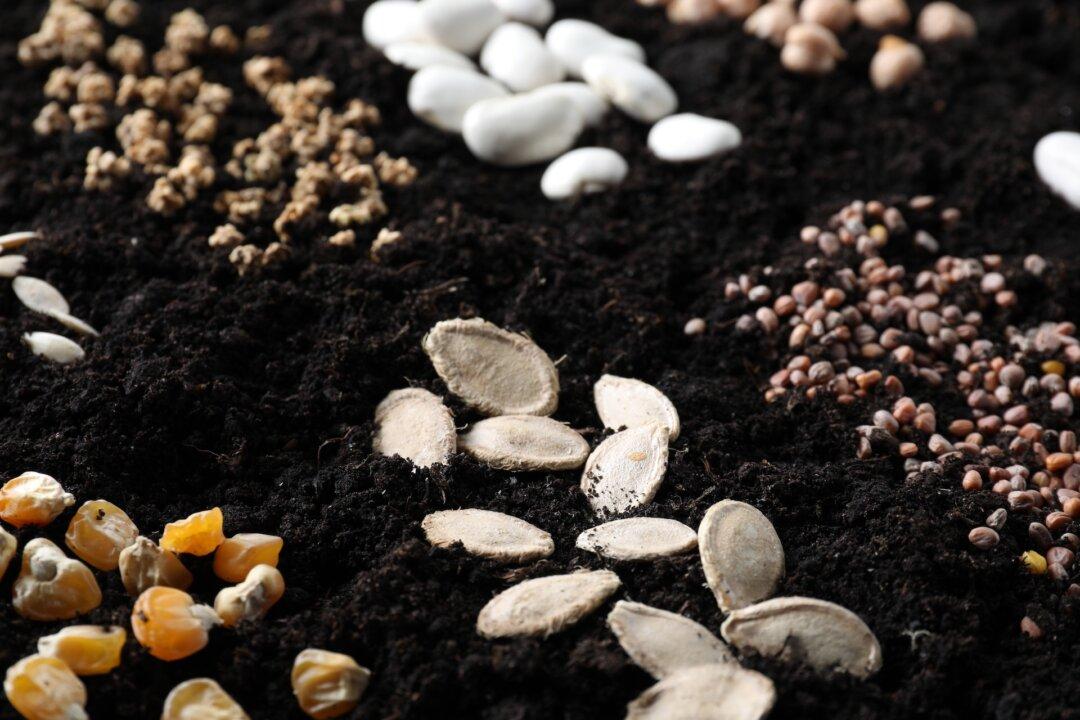I also had this problem in New England and found that I had a midge (tiny flying insect you can’t really see) that enters the newly forming bud. So, you suddenly don’t see any blooms again after the first blush, but if you look closely, you may see a dried or dead bud on the new branches. You have to spray for the insect or use a systemic insect repellent. I also tried blue cups staked next to the plant sprayed with cooking spray inside and out. This seems to work too, but the systemic stuff is better.
Once the midges are in a flowerbed of roses, they won’t leave until controls are used. A systemic insecticide applied early in the spring and continued for the whole summer is the best control. Looking at the ends of all rose branches and pruning out any infested branches should be done every few days. Any branches with black leaves at the end have already had the midges, which are now in the soil or are already adults. In the fall, the top few inches of mulch or soil should be removed and replaced.
Unlike the rose midge that seems to only infest roses, the tobacco budworm attacks many species of farm crops and ornamental flowers and vegetables. The adult is a one-inch-long moth that is active at night. It lays eggs on crops like alfalfa, cotton, soybean, and tobacco. It damages chrysanthemums, gardenia, geranium, petunia, marigold, zinnias, and many others. Cabbage, okra, and tomatoes are also infested.
The caterpillar is mostly active at night. They prefer to eat flowers and flower buds, but they will eat leaves if there aren’t any flowers to eat. They are striped yellow and brown with many tiny spines. There can be four or five generations per year in the South, but they are not cold hardy and don’t survive Northern winters. They are found in Northern states every summer as the moth moves with the wind.
If the flowers are missing on your plants, inspect them at night to see if you can find the caterpillar. If you find them, just pick them off and kill them. There are a few natural parasites and wasps that attack the caterpillar, but if the infestation is heavy, an insecticide with Bacillus thuringiensis will work. It is best to apply insecticides at dusk, when the caterpillars are more active.






